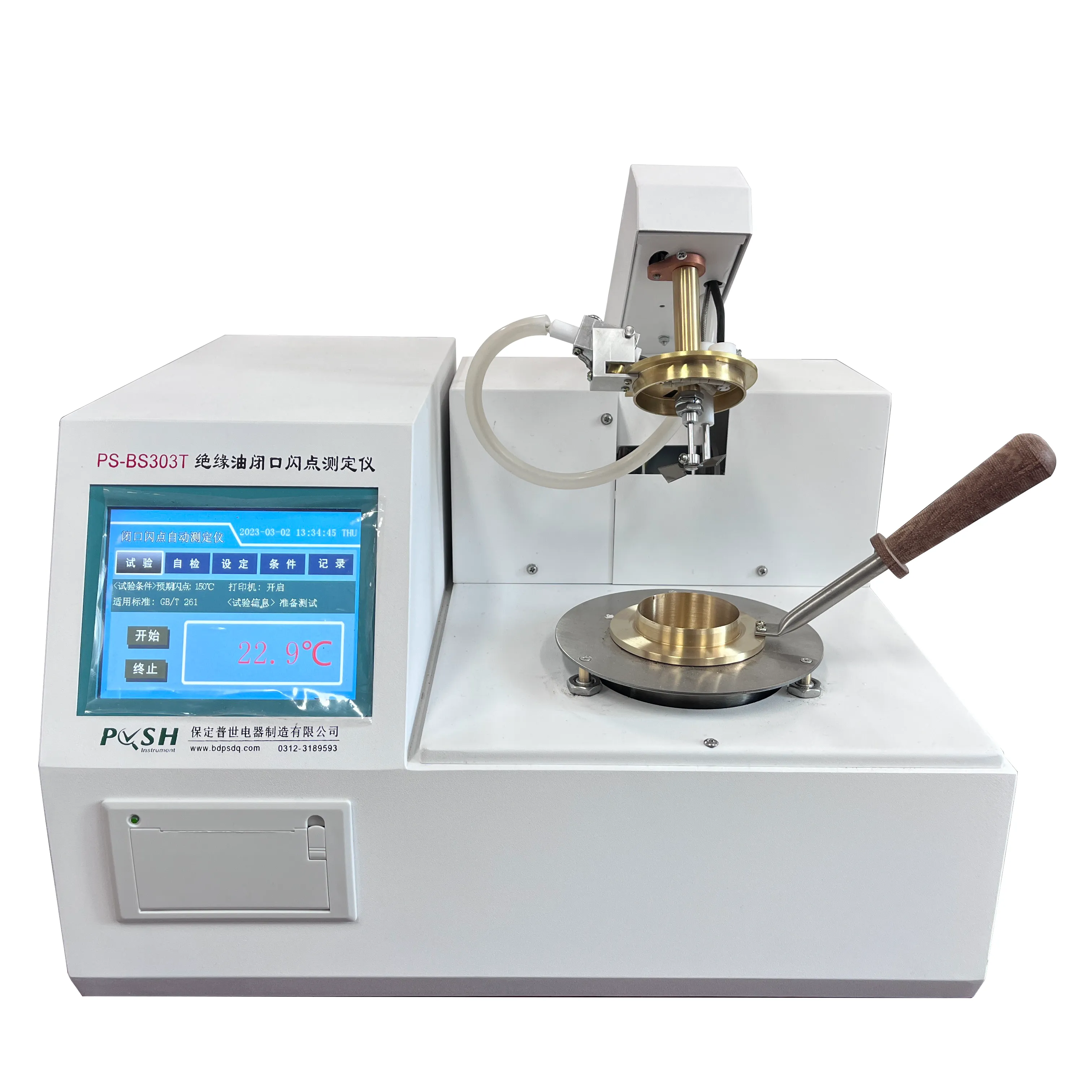 English
English


dissipation factor tan delta
Understanding the Dissipation Factor Tan Delta
The dissipation factor, commonly known as the tangent delta (tan δ), is a critical parameter in the field of electrical engineering and material science, particularly when assessing the performance of dielectric materials. It serves as an indicator of energy losses in materials subjected to alternating electric fields. This article will explore the concept of the dissipation factor, its significance, and its applications in various industries.
What is Tan Delta?
Tan delta is defined as the ratio of the resistive component of a material’s impedance to its reactive component. Mathematically, it can be expressed as
\[ \text{tan } \delta = \frac{R}{X} \]
Where - \( R \) is the resistance in ohms. - \( X \) is the reactance in ohms.
In the context of dielectrics, the dissipation factor represents how effectively a material can store electrical energy. A low tan δ value indicates that the material is an excellent insulator with minimal energy loss, while a high tan δ value suggests significant energy loss, typically through heat generation.
Importance of Tan Delta
Understanding the dissipation factor is crucial for several reasons
1. Material Selection Engineers and designers often rely on tan δ values to select suitable materials for specific applications. For example, high-performance capacitors require dielectrics with low dissipation factors to ensure efficiency.
2. Quality Assessment The dissipation factor is a significant parameter to assess the quality of insulating materials, particularly in electrical equipment like transformers and cables. A sudden increase in tan δ can indicate degradation or damage in insulation systems.
3. Energy Efficiency In power systems, low dissipation factors directly correlate to higher energy efficiency. By minimizing losses, industries can reduce operating costs and carbon footprints, contributing to sustainability goals.
4. Thermal Management High tan δ values can lead to excessive heat generation, which can compromise the integrity of electrical devices. Monitoring the dissipation factor helps in predicting thermal behavior and managing cooling requirements effectively.
dissipation factor tan delta

Applications of Tan Delta
The concept of the dissipation factor finds applications in numerous sectors including
- Electrical Engineering In capacitors and transformers, where understanding insulation performance is critical for reliable operation. - Material Science Research in polymers and composites often examines tan δ to understand behavior under electrical stress and mechanical loading.
- Telecommunications High-frequency transmission lines benefit from low dissipation factors to maintain signal integrity over long distances.
- Aerospace and Automotive Industries The materials used in electronic systems must withstand extreme conditions, and the dissipation factor provides insights into their reliability and performance under stress.
Testing Tan Delta
To measure the dissipation factor, various techniques are employed, including
1. Capacitance Measurements Using capacitance meters or LCR (inductance, capacitance, resistance) meters to determine the resistive and reactive components of the impedance.
2. Dielectric Loss Tangent Tests These involve applying an AC voltage to the dielectric material and measuring the current, allowing for the calculation of tan δ.
3. Thermal Imaging High tan δ values may result in localized heating; thermal imaging can help identify hot spots in electrical systems, indicating areas of concern.
Conclusion
The dissipation factor, or tan δ, plays an essential role in understanding the behavior of dielectric materials in electrical applications. Its implications on material selection, energy efficiency, and predictive maintenance make it a cornerstone of engineering and applied sciences. As technology advances and demands for more efficient and reliable materials increase, ongoing research and development in assessing and improving tan δ values will be paramount in driving innovation across industries. Understanding tan δ not only aids in design and quality control but also supports sustainable practices by minimizing energy loss.
-
Differences between open cup flash point tester and closed cup flash point testerNewsOct.31,2024
-
The Reliable Load Tap ChangerNewsOct.23,2024
-
The Essential Guide to Hipot TestersNewsOct.23,2024
-
The Digital Insulation TesterNewsOct.23,2024
-
The Best Earth Loop Impedance Tester for SaleNewsOct.23,2024
-
Tan Delta Tester--The Essential Tool for Electrical Insulation TestingNewsOct.23,2024





